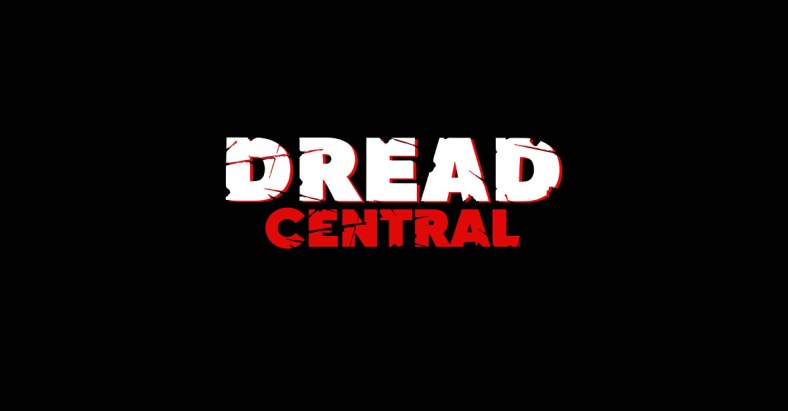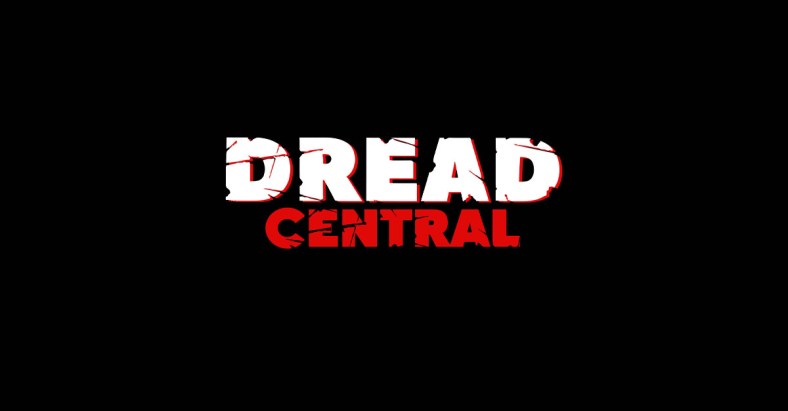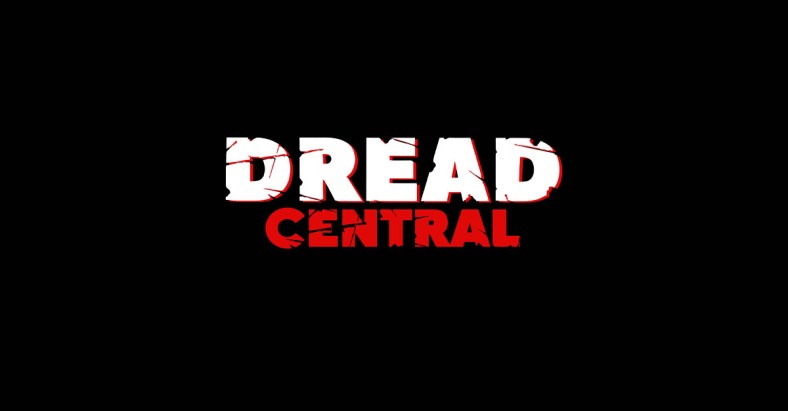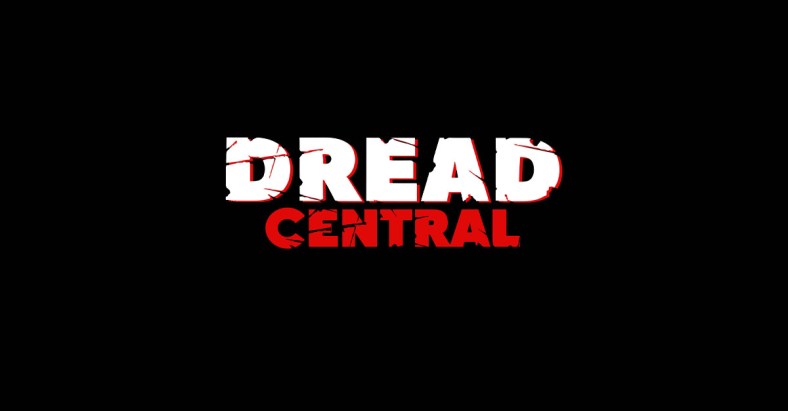Exclusive: Director Steve Mitchell Talks King Cohen: The Wild World of Filmmaker Larry Cohen

One of our favorite filmmakers round these parts is Larry Cohen. The director of such classic movies as It’s Alive, Q – The Winged Serpent, A Return to Salem’s Lot and Wicked Stepmother will be the main focus of the upcoming documentary King Cohen: The Wild World of Filmmaker Larry Cohen, which will be hitting film festivals this summer.
Steve Mitchell is directed the doc, and kindly took the time to answer our questions below.
DC: How did the film come about?
SM: The original impulse to do a film about Larry hit me one day when I was checking out his IMDB page. I was surprised at how many credits he had that I was not aware of, and I am a fan. The credits/projects I was not aware of were mostly as a writer, and mostly in television. I did some more digging and realized that Larry had a pretty main stream career in addition to his LARCO pictures. They were mostly independent films, even though they were released by studios or established distribs of the day. His career was not a common one, and it made an impression on me. I began to think of doing a feature doc on Mr. Cohen’s career sometime after that. When or how…I had no idea, but the impulse was there.
DC: Larry Cohen has had one hell of a career spanning several decades. Was it a daunting task to cover all of this in one film?
SM: You have no idea! The simple answer is “yes.” While the spine of the film is his career, the governing idea was to create a portrait of Larry through his work. “Who is Larry Cohen?” That was what the goal was. We used his childhood, early TV career, and films as chapters. We had no script or grand plan. The interviews steered us in terms of structure. Luckily, Larry is a guy who likes to talk and we got hours and hours…and hours…of anecdotes. The trick was to boil all of that info into a portrait of a unique and idiosyncratic story teller. Sounds easy enough, but it took a long time to select, create and cut the most telling material into a story. We have a ton of great stories that we did not use. They were too long, and we hope to collate them for the Blu Ray release.

DC: Are there any defining moments that you chose to focus on?
SM: The movie is essentially all of his defining moments. What I mean by that is Larry is defined by the sum total of his work, the circumstances of his career at those specific times, and his nature/personality. Some moments are more defining than others, of course, but they all add up to create a portrait which is the goal. I was interested in how the tapestry of his career was created by the stitches along the way. As analogies go, maybe a little pretentious, but we were examining a career that has lasted over half a century!
DC: He also has a reputation as being a fearless guerrilla filmmaker, is this something you wanted to explore?
SM: Absolutely. Especially with his New York based films. New York is my home town, and I know a lot of the locations in his pictures, and it was fascinating to me how he “stole” so many of his shots and got away with it. We focus on that in the film, and it is pretty funny stuff. That is until you realize how dangerous some of it was to the innocent bystanders in the shots, but no one got hurt, so his “wildman” stories are amusing…now. That guy had a pair on him, which most independent filmmakers need to get through the day. He was also clever which is important, especially when you don’t have money to throw at or solve a problem. As a director, Larry was very resourceful, and could take advantage of almost any situation…good or bad. Since he wrote his movies, he could improvise scenes in the moment, which he did…a lot.
DC: Many of Cohen’s films contain underlying social commentaries, something sorely lacking in many films today. Is this a key theme of your documentary?
SM: It is one of the themes. Let’s face it…Larry’s films are loaded with ideas. This is why he is an idiosyncratic filmmaker. You may disagree with his POV, or ideas, but all of his movies are about something. The recent film, GET OUT kind of struck me as a picture Larry could have made. That said, Larry is also an entertainer and wants his films to be seen and enjoyed by the broadest audience.
DC: You interview a ton of big names in the film, including Martin Scorsese, Joe Dante, J.J. Abrams, Rick Baker and John Landis. Can you talk about how they came on board and what it was like working with them?
SM: Persistence and luck played a big part in getting our “cast” together. I never interviewed Mr. Scorsese in person. We had been trying to get him for months. He was about to go to Taiwan to shoot SILENCE, and he was running out of time. He was very dedicated to getting it done before he left the states. Frankly, I would have jumped on a “red eye” to New York if that is what it took to get our interview with him. Ultimately, he requested questions, and had some of his “guys” shoot the interview for us. He was generous with his limited time, and my partners and I really appreciate his taking the time to talk about Larry.

We had to find Michael Moriarty, which I did after some digging, and we flew to Canada to speak with him, which was a blast. Michael is such a charming and entertaining fellow. Larry called J.J. Abrams and helped us set something up with him. He also helped us get Yaphet Kotto to sit down with us. Yaphet rarely gives interviews, but he loves Larry, and during a visit to L.A. we interviewed him, which was a real “get” for us. He was the star and title character of Larry’s first feature, BONE, after all. He was an interesting guy and we were thrilled to talk with him about Larry, as well as MIDNIGHT RUN, which is a personal fave. Agent Mosely rules!
With most of the LA based folks, it was a matter of when it was convenient for them. A public shout out of “thanks” to all of the folks who talked with us, and were so generous with their time. They were very enthusiastic when it came to talking about Larry, and how much they enjoyed working with him. I know it sounds like a love fest, but the actors, especially, who worked with Larry, all seem to love him. Tara Reid, was very appreciative of her early role on RETURN TO SALEM’S LOT and told us, “Larry’s chill.”

DC: What kind of style and approach are you using for the documentary?
SM: My editor, Kai Thomasian, and I never really discussed an approach other than using the time line of Larry’s career as our spine. Stylistically, I would say our cut is more rhythmic than staccato. Everything flows from one scene or image into another. We were very aware that we live in an age where viewers have short attention spans. Sad, but true. I’ll be the first one to admit that my attention span isn’t what it used to be. Sign of the times, I guess, so with that in mind we always tried to engage the viewer with as much eye candy to compliment the interviews and clips.
Lucky for us, that Larry never threw anything away and we have a ton of BTS/candid images to compliment the clips and archival footage of Larry. Larry had color home movies of himself as a boy! Great stuff! When you cut anything, especially a documentary, you always need something to cut to. We always had clips from his films, but I was so grateful to have pictures of Larry at work…on and off the set. They just help illustrate Larry’s story in a more visually articulate way.
DC: How have you found the process of working with Larry?
SM: I know it is sort of a typical answer, but he was fantastic. He was always trying to help us with whatever we needed. He dug through his archives and found things I missed on my first, and second pass. He found correspondence, video, rare images…rare to me anyway, which were extremely helpful. Also, Larry’s a trip in general: always the entertainer, making jokes, which, most of the time, were/are pretty funny. We talk about his early career as a comedian, and we were lucky to have some footage of him doing some stand-up at an awards show. He loves doing impressions as well. Performing is definitely in his DNA.

DC: Do you touch upon his relationship with Hitchcock?
SM: A bit. Larry had some long-ish stories about developing DADDY’S GONE A HUNTING, for Hitchcock, which we could not use. We have so many interesting stories that we hope to include on the Blu Ray, that we could not use in the film.
DC: And lastly, that poster of him climbing the Chrysler Building with Q the Serpent flying overhead is really something to look at. Can you talk about its design process?
SM: Doing an illustrated poster was always important to me. I love illustrated movie posters from the 60’s, 70’s and 80’s, especially, so, dammit, we were going to create an illustration that would be our key art. We wanted something a little retro, and a lot of fun. Having Larry wrapped around the Chrysler building with a camera, seemed to be a good way to sell that. My partner, Matt Verboys, suggested illustrator Paul Shipper as a guy to consider. Paul had created some striking images for new releases of classic films on Blu Ray, which impressed me, so we reached out to him. Lucky for us, he said “yes.” In addition to being enormously talented, he was very easy to work with. We found him just in time, because he is now working for Disney/Marvel, and is probably out of our price range.

Categorized:News

